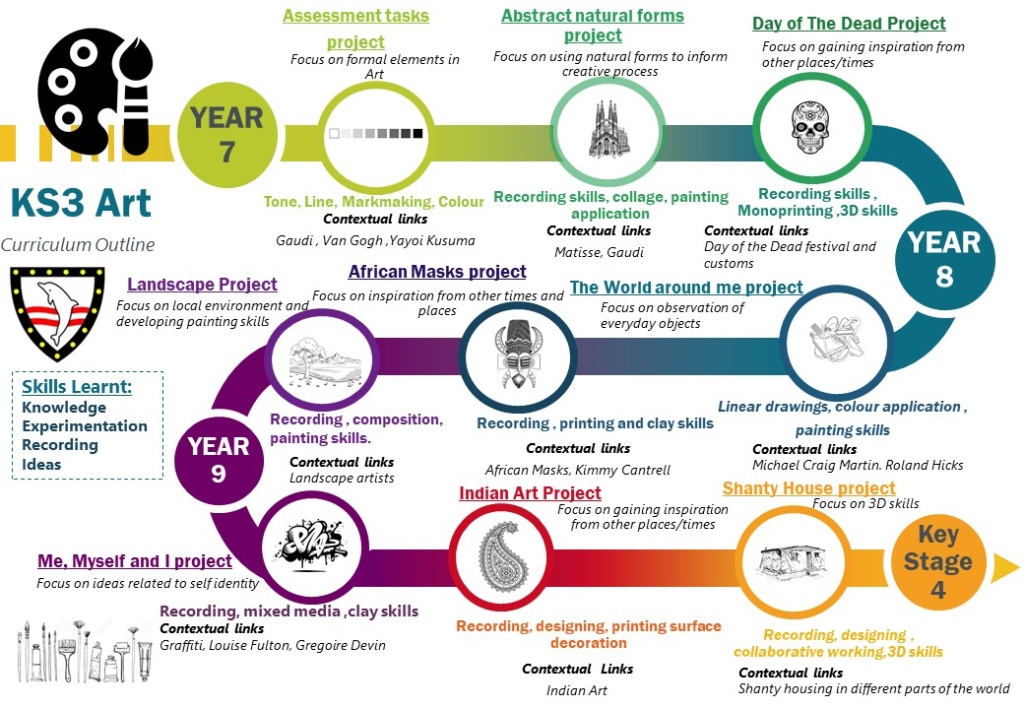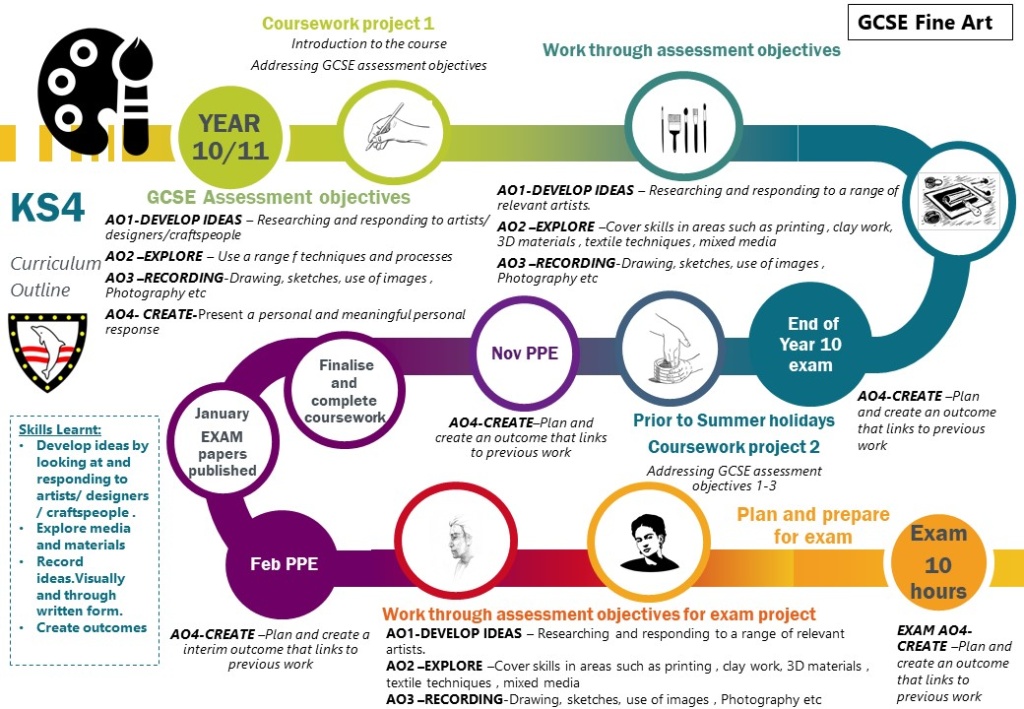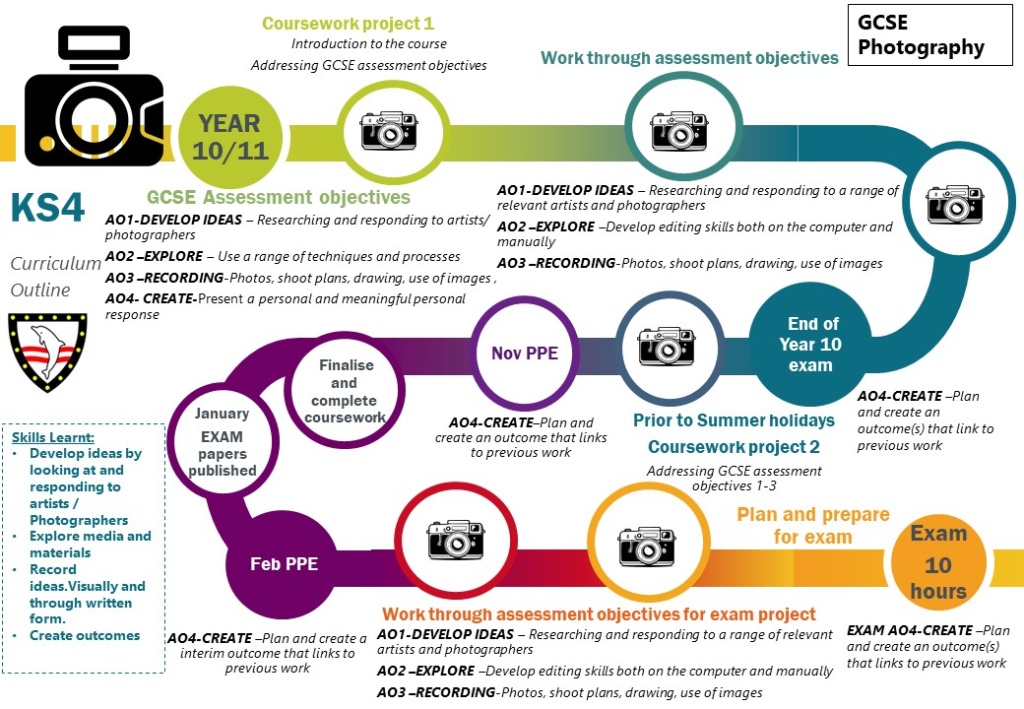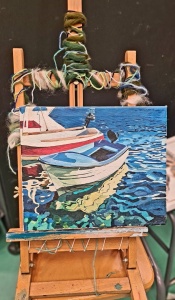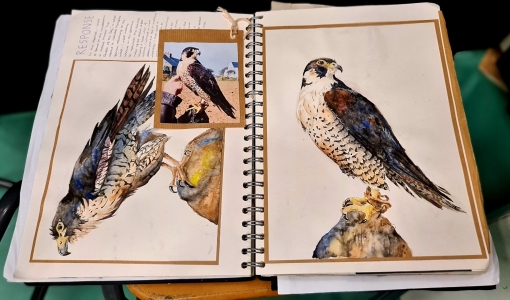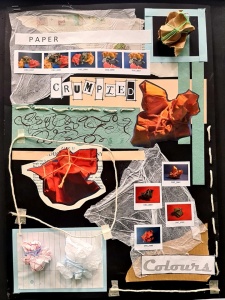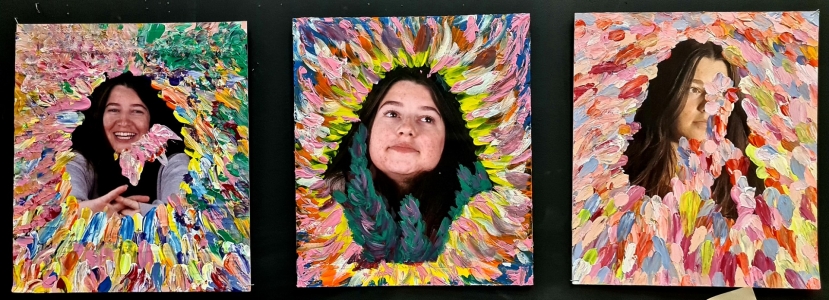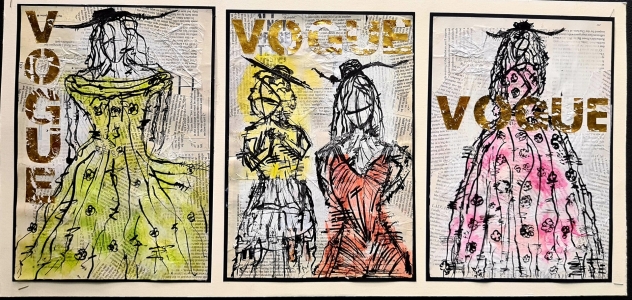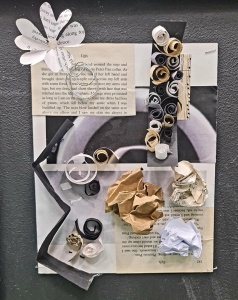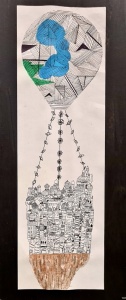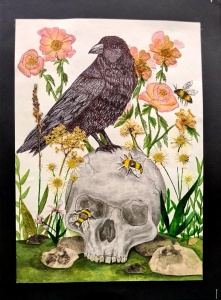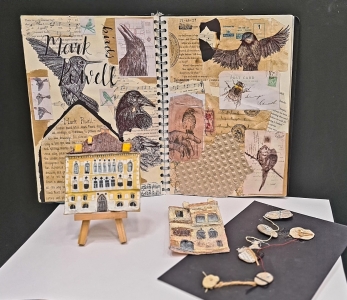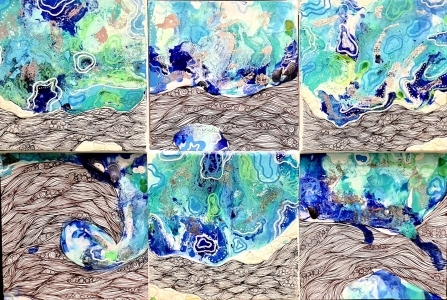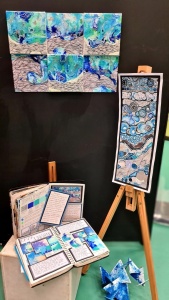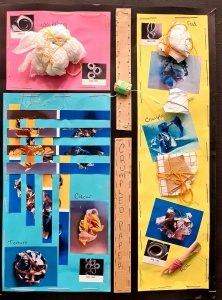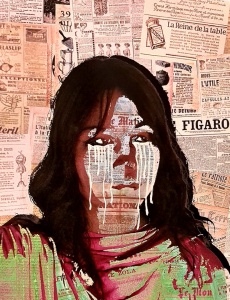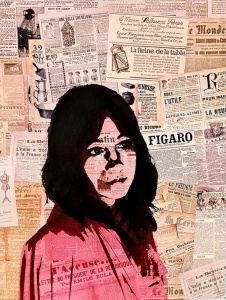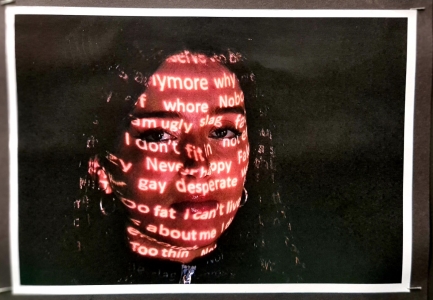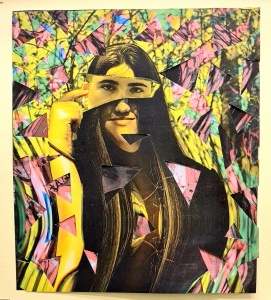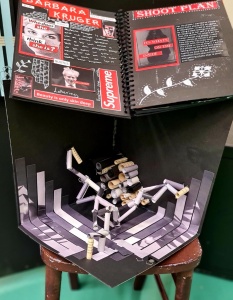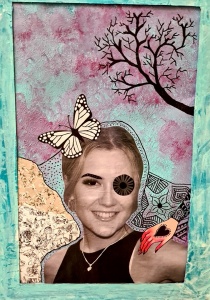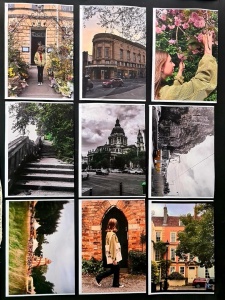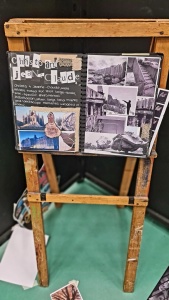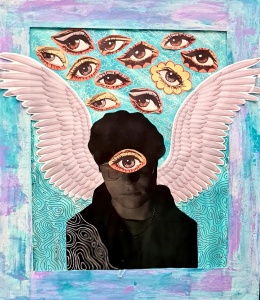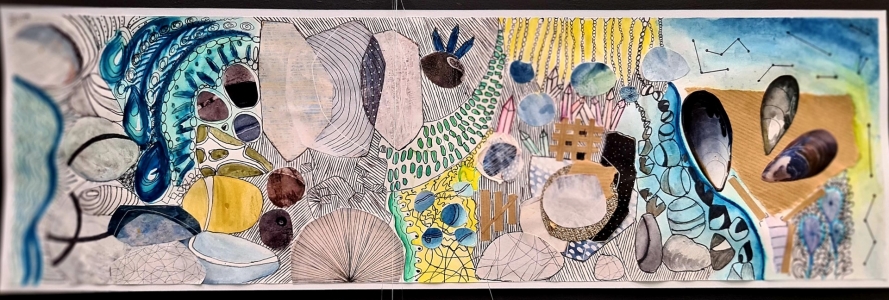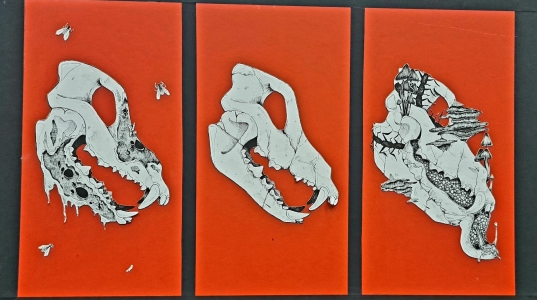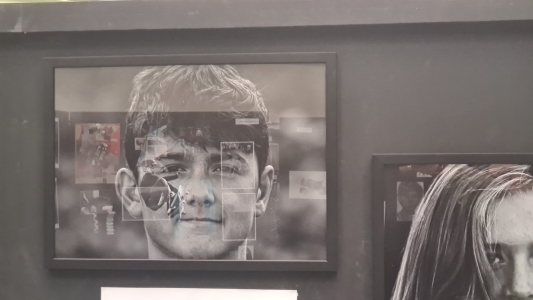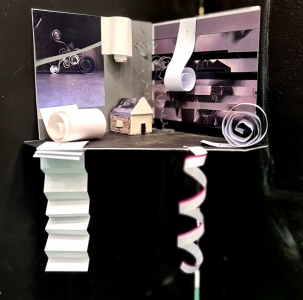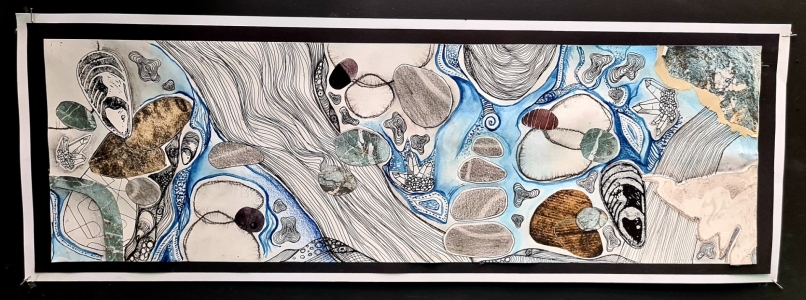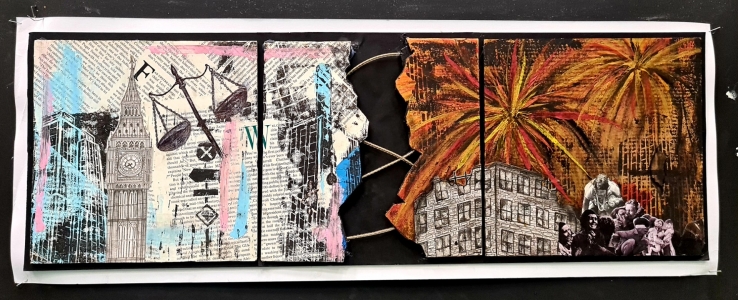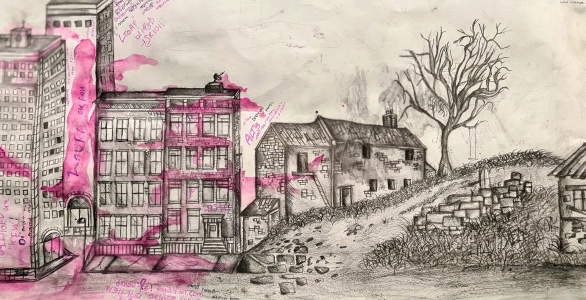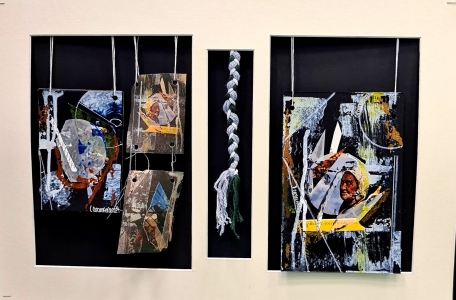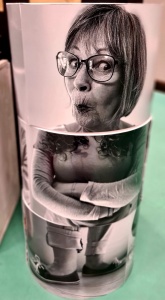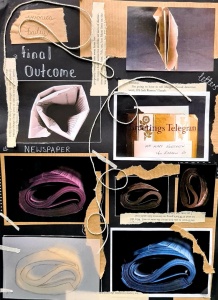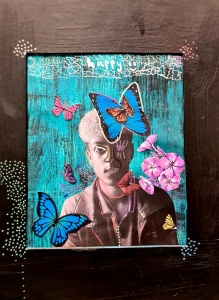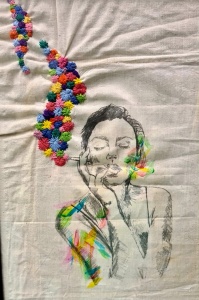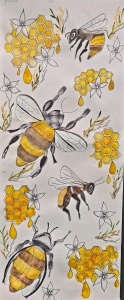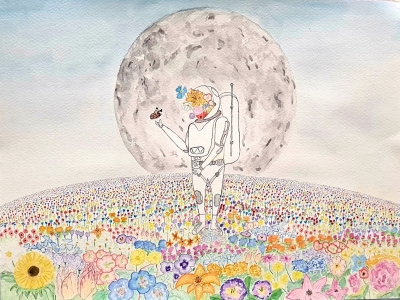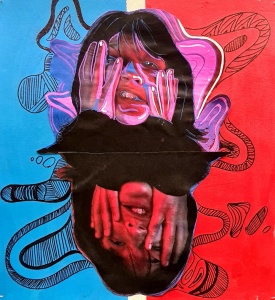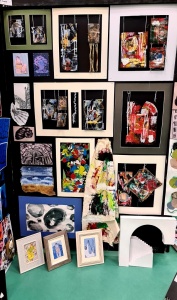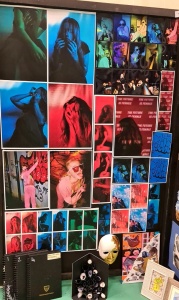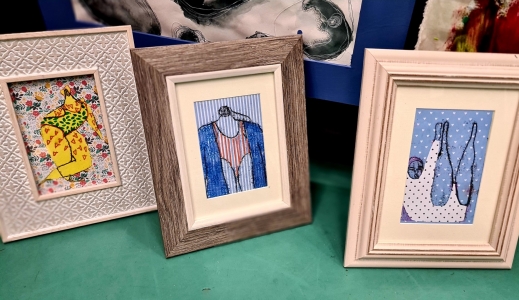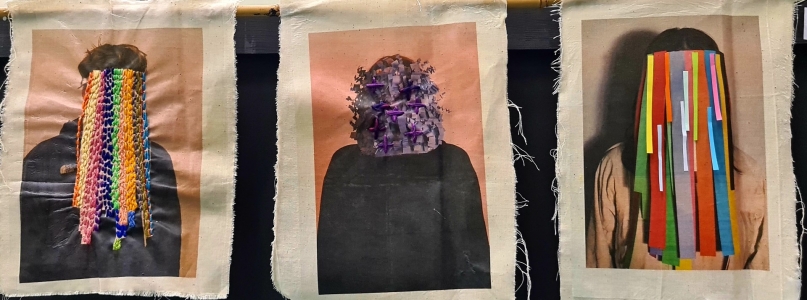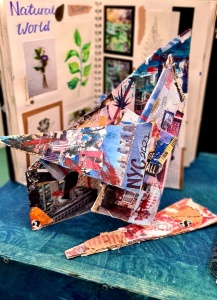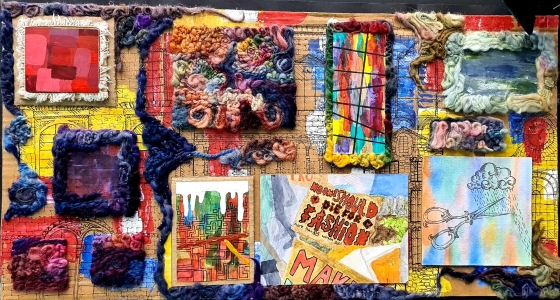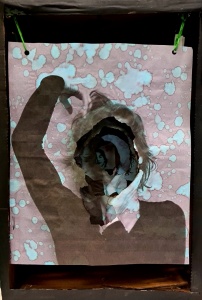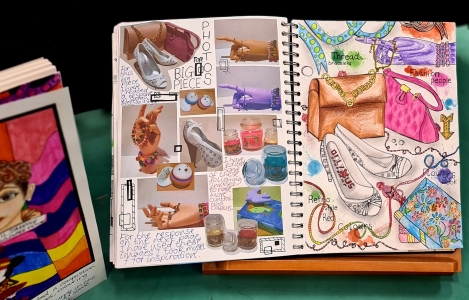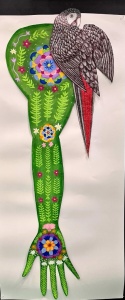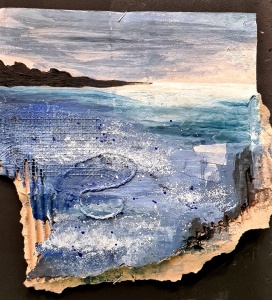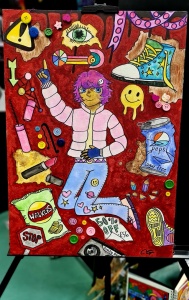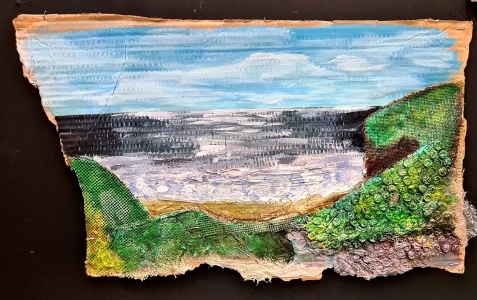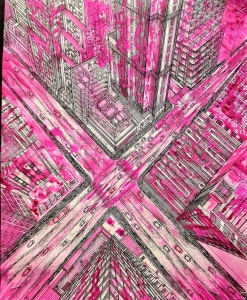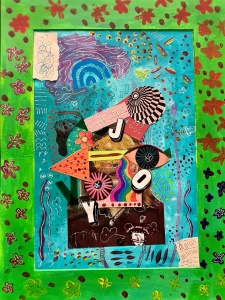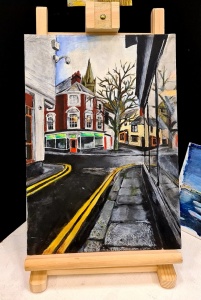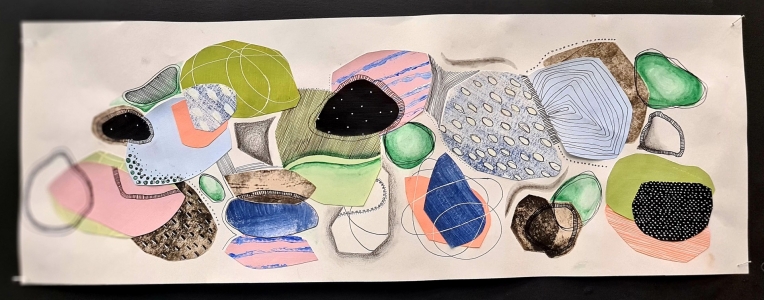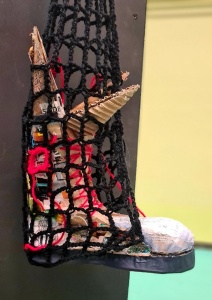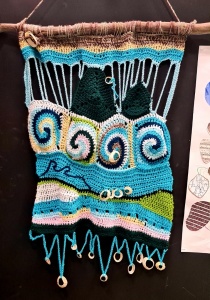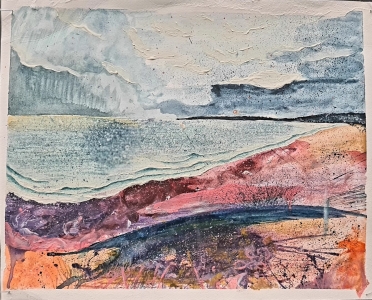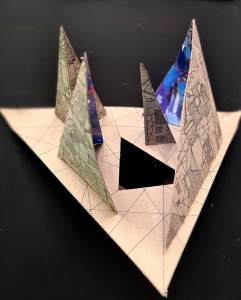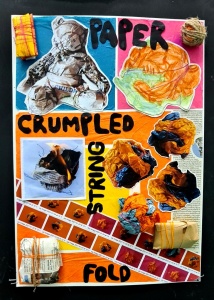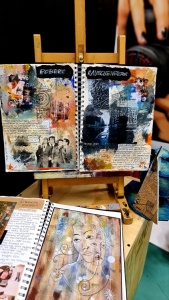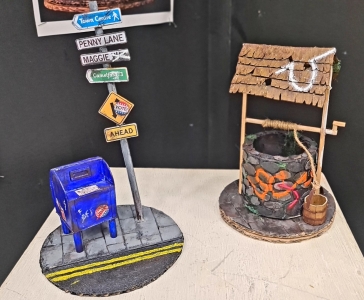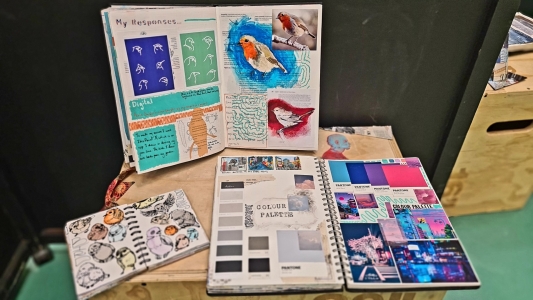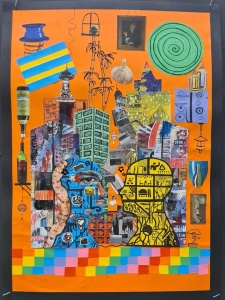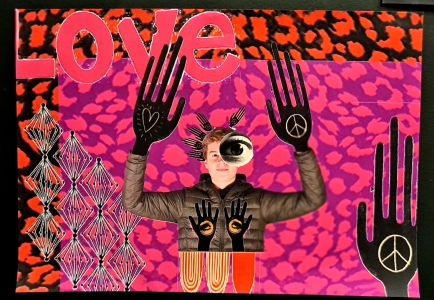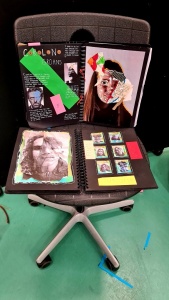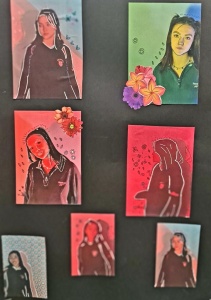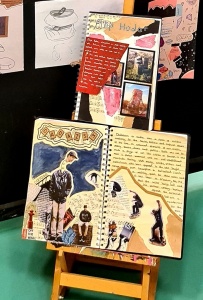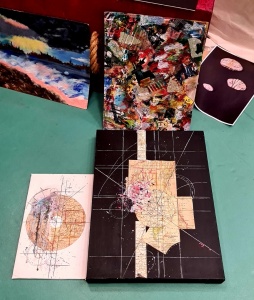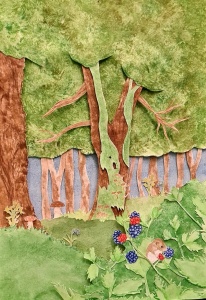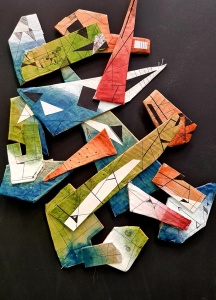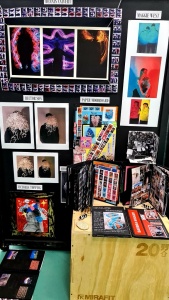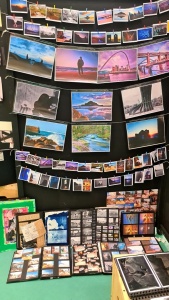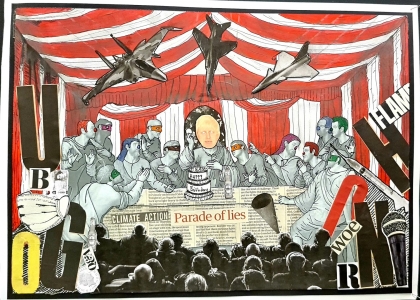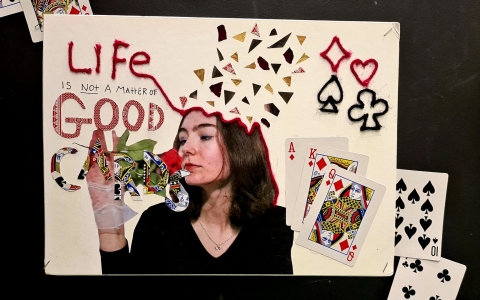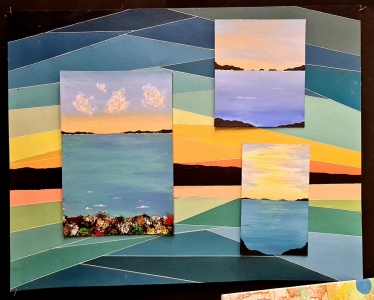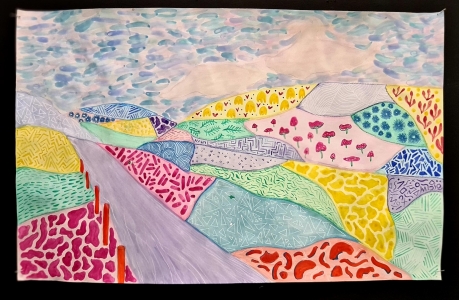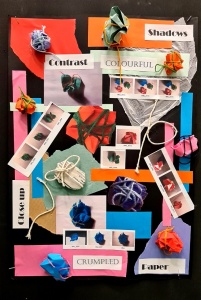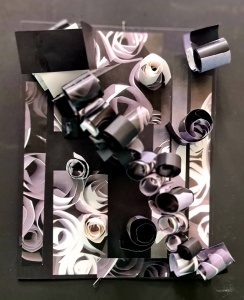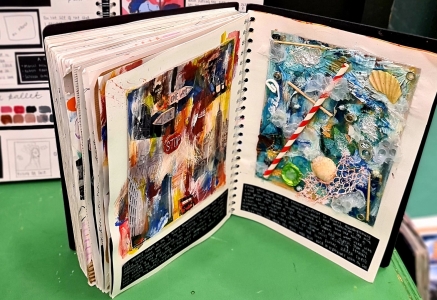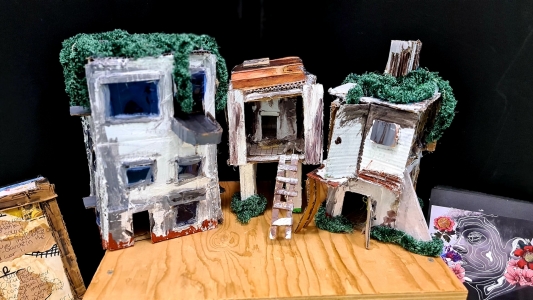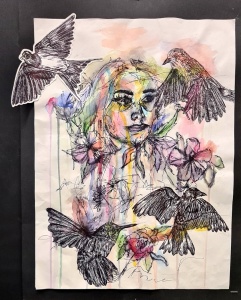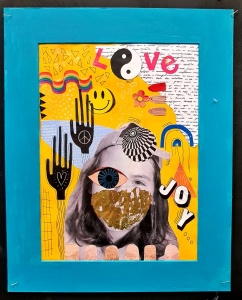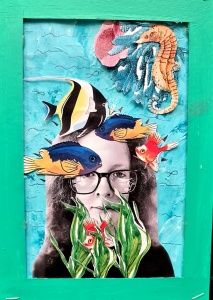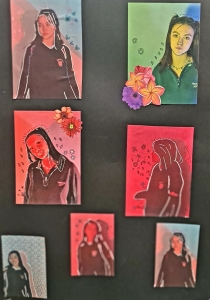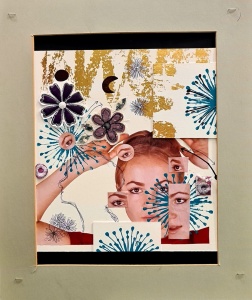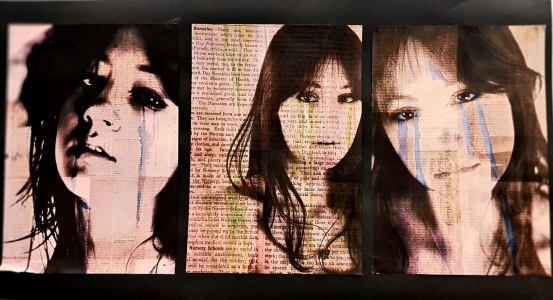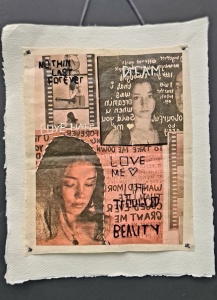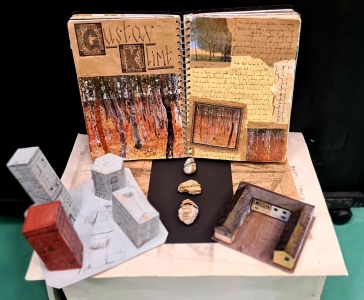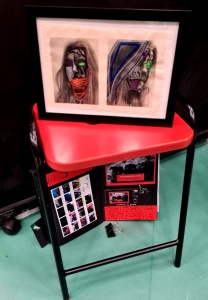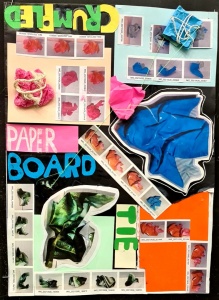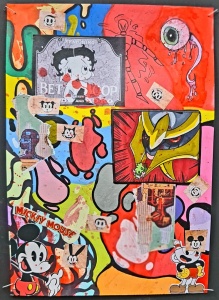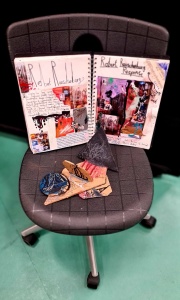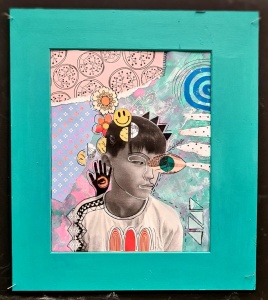Art and Photography
The Art curriculum allows students to explore visual, tactile and other sensory experiences and to communicate ideas and meanings.
They will be engaged, inspired and challenged to equip them with knowledge and skills to participate in, experiment with, invent and create their own works of art, craft and design. Students are encouraged to think creatively and critically as they explore their own as well as other people’s work.
They investigate and evaluate a wide range of creative outcomes from the past and present to develop an understanding of the many disciplines within art, craft and design and how they shape our history and future.
Students work with traditional and new media, developing confidence, imagination and creativity. They use formal elements, such as line, tone, colour, space, texture, within their art work and analyse how these elements are used as a visual language.
Beyond the curriculum, students have a wealth of opportunities to develop creative minds. There is a Key Stage 3 art club, art competitions, artist led workshops, GCSE support sessions, bespoke workshops, Truro City of Lights workshops and parade, joint school projects and gallery trips within Cornwall and to London.
Our excellent facilities enable us to offer a broad curriculum. These facilities include: specialist art rooms, a kiln, a dark room, photography studio and IT room
During Key Stage 3 we ensure students are always learning something new and developing new skills.
The national curriculum for art and design aims to ensure that all pupils:
- produce creative work, exploring their ideas and recording their experiences
- become proficient in drawing, painting, sculpture and other art, craft and design techniques
- evaluate and analyse creative works using the language of art, craft and design
- know about great artists, craft makers and designers, and understand the historical and cultural development of their art forms.
During KS3 students develop their skills and understanding with progressive complexity and sophistication, enabling them to make informed choices and work with increasing independence in Key Stage 4.
KS3 students investigate the work of others, celebrate culture and diversity and develop awareness of the impact of art on society. Students explore different resources, media, materials, techniques and processes and learn how to record their ideas, observations, and insights, to present a personal and meaningful response.
Year 7 students begin by exploring using mark making tools whilst studying artists such as Van Gogh and Henry Moore. They then move on to colour theory, mixing and applying paint before working on a final piece inspired by Kandsinky.
In the spring term, students apply tonal shading skills to observational drawings that link to natural forms. Students learn how the natural world inspired the work of Matisse and Gaudi, before exploring collage and then bringing all of the techniques covered into a final design.
The final Year 7 project is planned around the theme of The Day of the Dead festival and introduces mono printing and 3D relief.
The first Year 8 project ‘The World Around Me’ is planned around the concept of everyday objects and closely linked to the artist Michael Craig Martin. It focusses on line, proportion and scale; working directly from observation. Students learn how to achieve flat colour through painting techniques, along with composition techniques, before planning and designing a Michael Craig Martin inspired painting.
The spring term African Art project develops drawing skills, tone and line, through observational studies of African masks. Students explore blind drawing, continuous line drawing, string printing and blending with chalk pastels. The final project uses 2D skills to inform 3D work, using clay to create a 3D piece of work.
The final term focuses on a landscape project, allowing students to explore and develop an appreciation for their locality. This project is based around the local artist Kurt Jackson. Students learn how to record local landscapes, using a range of media, and plan and paint an expressive landscape.
Students begin Year 9 with ‘Me, myself and I’ which initially focuses on graffiti and its origins covering mind maps, lettering and drawings skills and working from observation. A wide choice of inspirational graffiti artists include Jean Michel Basquiat to Teesha Moore. Students develop mixed media skills and incorporate text and symbols in their artwork, developing their work into a personal outcome.
The shanty town project sees students using a variety of 2D media, including sticks and ink. Students are introduced to acrylic paint. The main part of the project focuses on working collaboratively to design and create a 3D shanty house.
The final project, Indian Art, focussing on pattern and surface decoration. Textile techniques such as stitching and embellishment are explored. Oil pastels are used to inform designs for prints. Students learn to use the press printing process and create an effective repeat pattern design. Students complete the project by designing and creating an Indian inspired 2D piece that incorporates design, painting, printing and surface decoration techniques.
In Year 9, students receive information about options and also creative career pathways.
A curriculum overview for Years 7-11 Art is available here
Further enquiries should be sent to
At Key Stage 4, students can choose to study GCSE Fine Art or GCSE Photography
Students develop creative skills, using their imagination and gaining confidence in taking risks. Students develop competence, and increasing independence, in refining and developing ideas and proposals, personal outcomes or solutions. Additionally, they develop cultural knowledge, understanding and application of art, craft, design and photography in historical and contemporary contexts, societies and cultures.
In Year 10, students follow a structured course, developing a wide range of skills in using a variety of materials and techniques. Students develop skills in analysing the work of other artists, photographers, designers and craftspeople. All work is developed as part of a theme and students go on to develop their own ideas and complete each project with a final piece of work which shows the skills that they have accumulated.
In Year 11 techniques and processes are further developed and as the course progresses students develop more independent ways of working. They sit a mock exam and this allows them to experience of working in a sustained manner.
We follow the AQA GCSE specification. Students produce a portfolio of work which accounts for 60% of the overall marks. This work is handed in after Christmas in Year 11 and students then work on the externally set assignment which is set by the exam board. Work is marked by the centre (Richard Lander School) and moderated by AQA. There is no written exam for this subject.
Both courses are very popular and our results reflect the success and outstanding quality of work produced. At GCSE, individuality is always encouraged and as a consequence the range of work tends to be diverse in its originality. We welcome friends and family to our outstanding GCSE Art and GCSE Photography exhibitions at the end of the course to recognise our students’ success and creative talents.
A curriculum overview for Years 7-11 Art is available here
Further enquiries should be sent to
Over 100 KS4 students exhibited at our Art and Photography exhibition. The standard of work was excellent. Many students, parents and carers and staff came to our private view in May. Here is a selection of the work exhibited.
